However, in the context of strong urbanization and tourism development, many coastal villages are facing a crossroads: either being caught up in the vortex of modernization, or being "framed" as a cultural display, losing their inherent vitality.
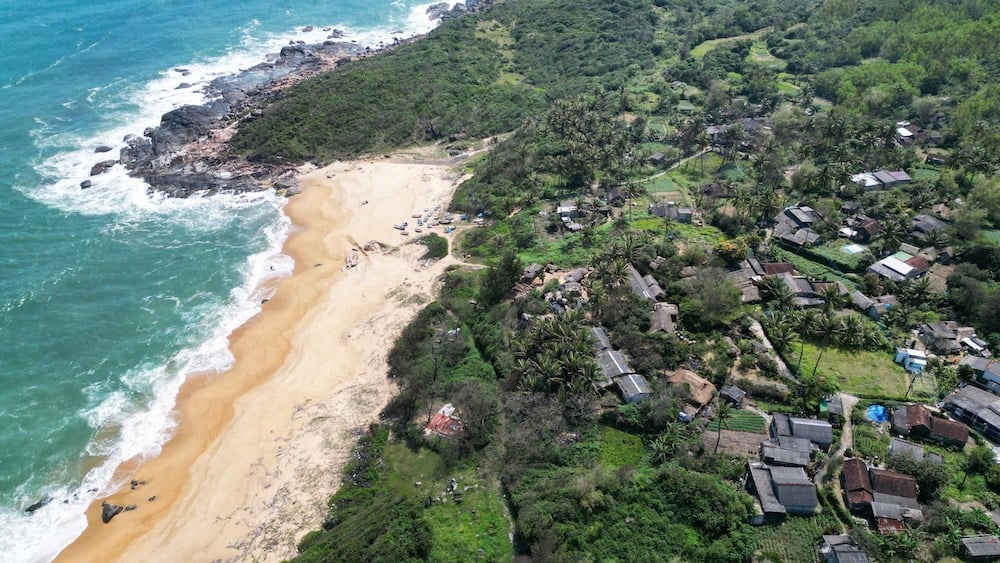
The problem is not only to preserve intangible heritage, but also to find a way to connect culture and community livelihoods, so that traditional values are not only "preserved" but also "revived" in the heart of new life.
Lullabies and calls have not yet ceased
The Central region is not only famous for its beautiful beaches but also for preserving many precious intangible cultural values of coastal residents.
The folk songs of Hue, the folk songs of Quang Nam and Quang Ngai, or the drum beats and the folk songs of Da Nang folk festivals… are gradually being awakened and rekindled in the rhythm of contemporary life.
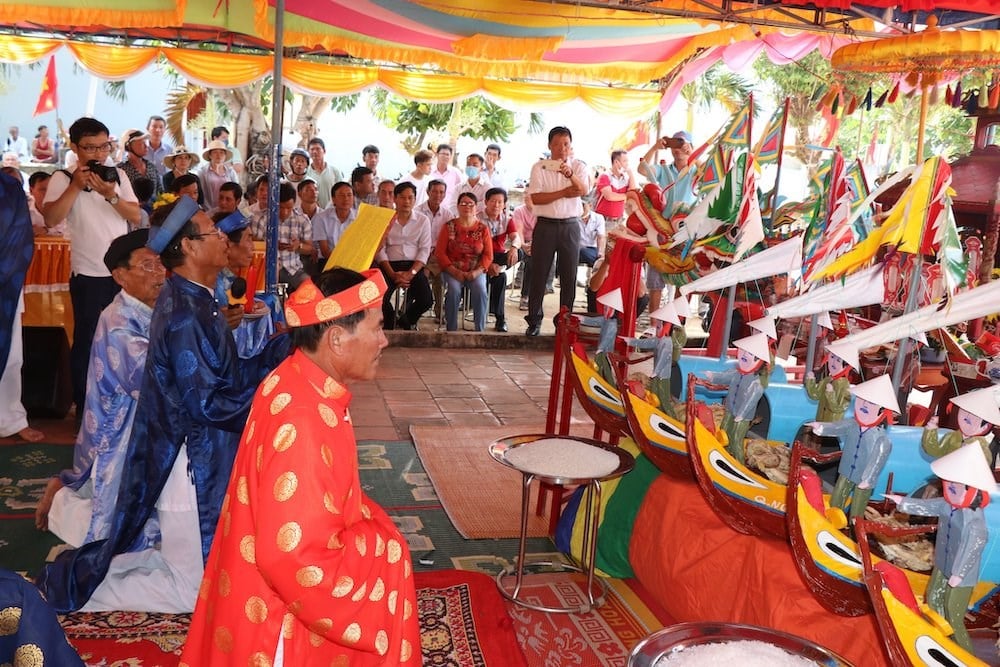
Along the coast of Hue city, fishing villages such as Thuan An, Phu Thuan, Phu Hai... still preserve the melodies of mai nhi, mai day, and lullabies.
Mrs. Tran Thi Phuoc, 73 years old, in Thuan An ward shared: “I learned the song lyrics from my mother, my grandmother and now I am also passing them on to my grandchildren in the village. Every time there is a festival, wedding, when fishermen go out to sea or pray for fish, there is an opportunity to sing the song.”
In Da Nang, coastal localities such as Man Thai, Tho Quang (Son Tra), Hoa Hiep (Lien Chieu) also preserve folk rituals and performances, such as Cau Ngu and Ba Trao festivals.
In recent years, the local cultural sector has restored many folk art activities associated with traditional festivals, bringing rowing teams to perform at major events such as the Quan The Am Festival and the Da Nang Enjoyment Festival.
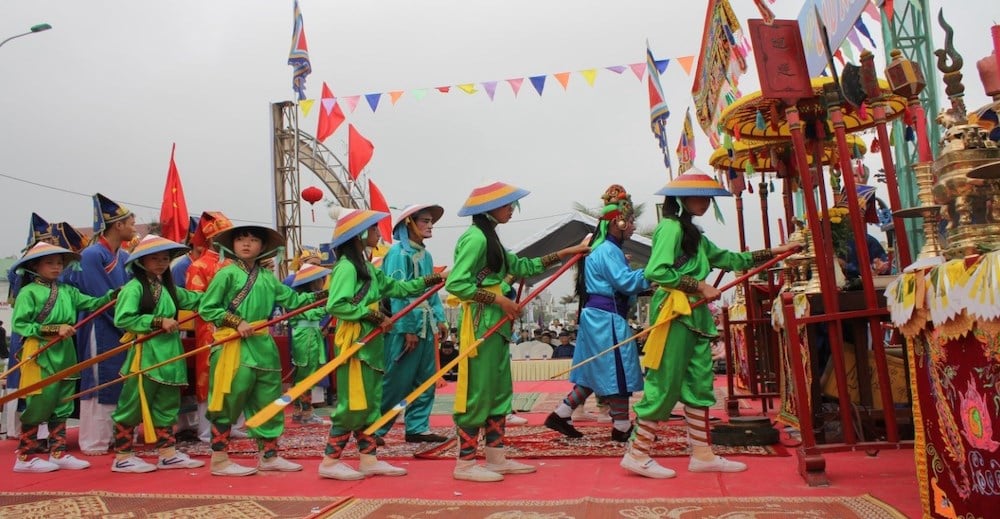
In Quang Ngai, the coastal villages of Sa Huynh, Tinh Ky, Tinh Khe… used to be the place where many activities of singing bai choi, dancing chau van, and hat sac bua took place.
Over the years, the province has registered and recorded many national intangible heritages and organized folk art classes for students and young people in the community.
Heritage is not just for display
In the context of globalization and rapid urbanization, the preservation of intangible coastal heritages faces many difficulties. Young people are less interested in traditional culture, community life has changed a lot, while the team of artisans is increasingly disappearing.
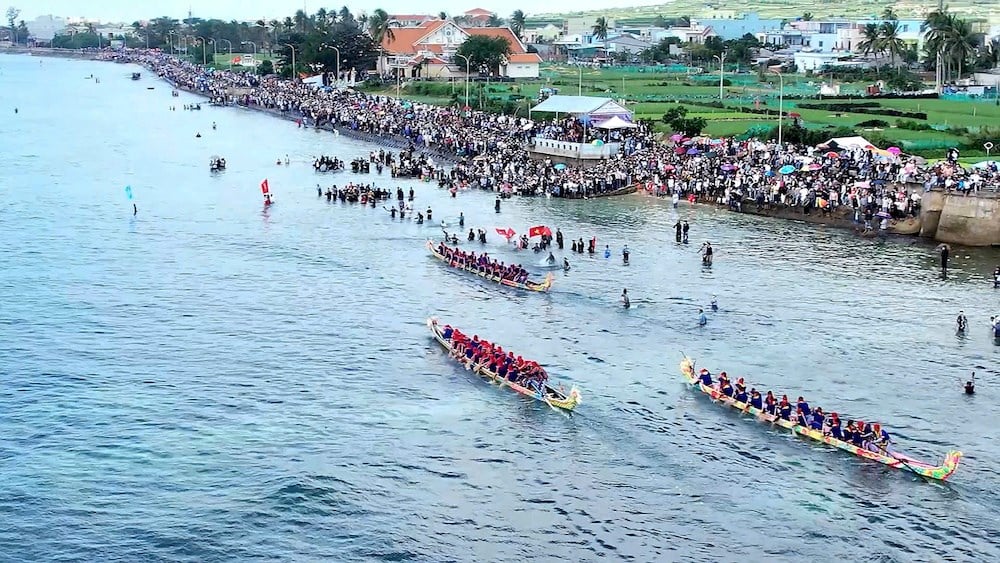
However, in many localities, the government and community are becoming more proactive in preserving heritage. Hue City is implementing the project "Preserving coastal folk songs" and building community performance spaces.
Da Nang organizes many competitions and festivals for rowing and singing teams every year; integrates folk culture into school activities through extracurricular programs.
Quang Ngai promotes the "socialization" model in restoring bai choi, coordinating with researchers and artists to digitize folk heritage and develop tourism associated with cultural experiences.
Many cultural researchers believe that reviving heritage needs to be linked to the real needs of the community and create motivation for livelihood development. Culture cannot be “displayed” as specimens in a museum, but it needs to be brought back to life, becoming a part of daily life.
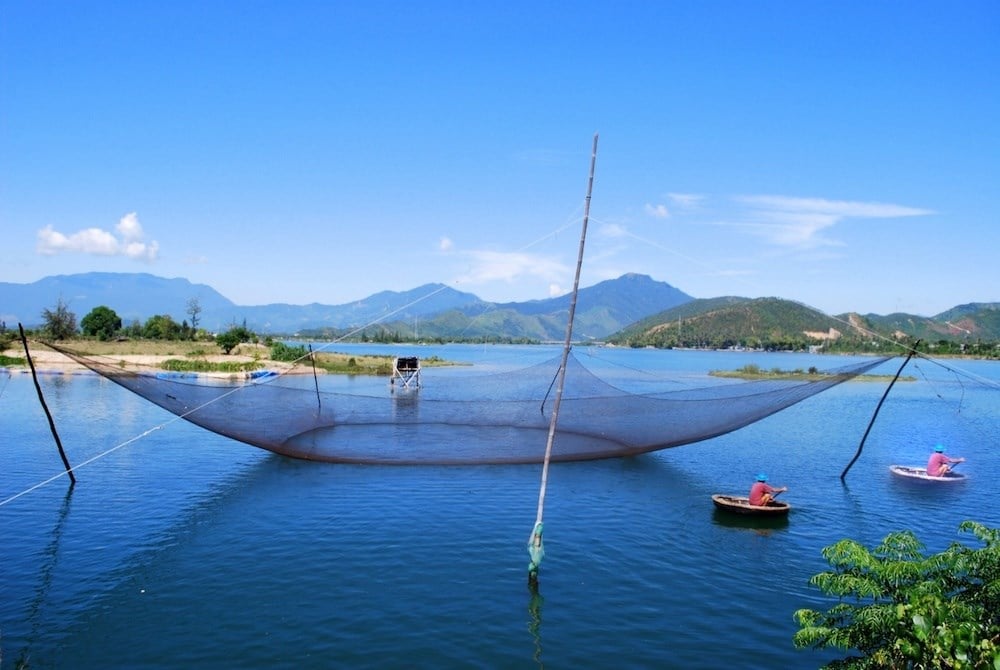
“For the singing of Ba Trao to survive, there must be performers, listeners, and a community environment to nurture it,” said Nguyen Van Lam (Son Tra, Da Nang). “I am happy that every year Hoi An invites the troupe to perform during Tet. Tourists love it, and they even ask if we have any recordings or books to take home.”
Combining conservation with community tourism and experiential tourism models is a feasible direction. When tourists not only visit the beautiful scenery but also enjoy the sounds of the ocean and live in the cultural space of the coastal village, then the heritage will truly come back to life.
Preserving the intangible cultural heritage of coastal areas is not just a matter of the past. It is a commitment to future generations of a Central region that not only has sun, wind and waves, but also lullabies, calls, sounds of memories and identity.
The quiet revival of heritage here is opening a new journey – a journey to keep the culture alive, and enrich the potential for sustainable sea tourism.
Source: https://baovanhoa.vn/van-hoa/bai-1-mach-song-tu-lang-ra-khoi-150179.html



![[Photo] Keep your warehouse safe in all situations](https://vphoto.vietnam.vn/thumb/1200x675/vietnam/resource/IMAGE/2025/10/1/3eb4eceafe68497989865e7faa4e4d0e)
![[Photo] President of the Cuban National Assembly visits President Ho Chi Minh's Mausoleum](https://vphoto.vietnam.vn/thumb/1200x675/vietnam/resource/IMAGE/2025/10/1/39f1142310fc4dae9e3de4fcc9ac2ed0)


![[Photo] Hanoi morning of October 1: Prolonged flooding, people wade to work](https://vphoto.vietnam.vn/thumb/1200x675/vietnam/resource/IMAGE/2025/10/1/189be28938e3493fa26b2938efa2059e)
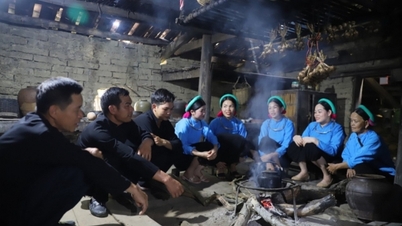



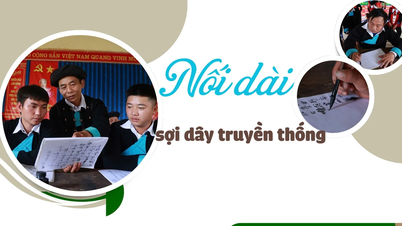




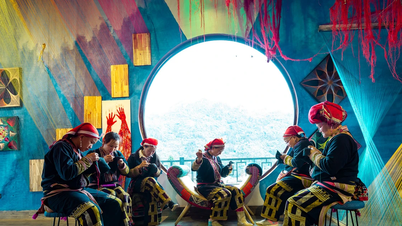

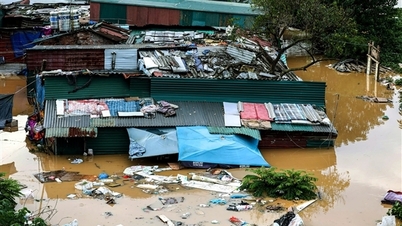
































































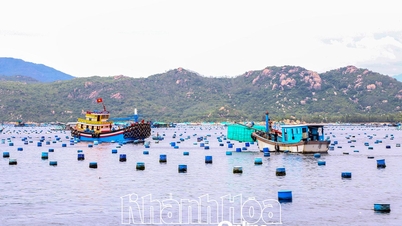














Comment (0)